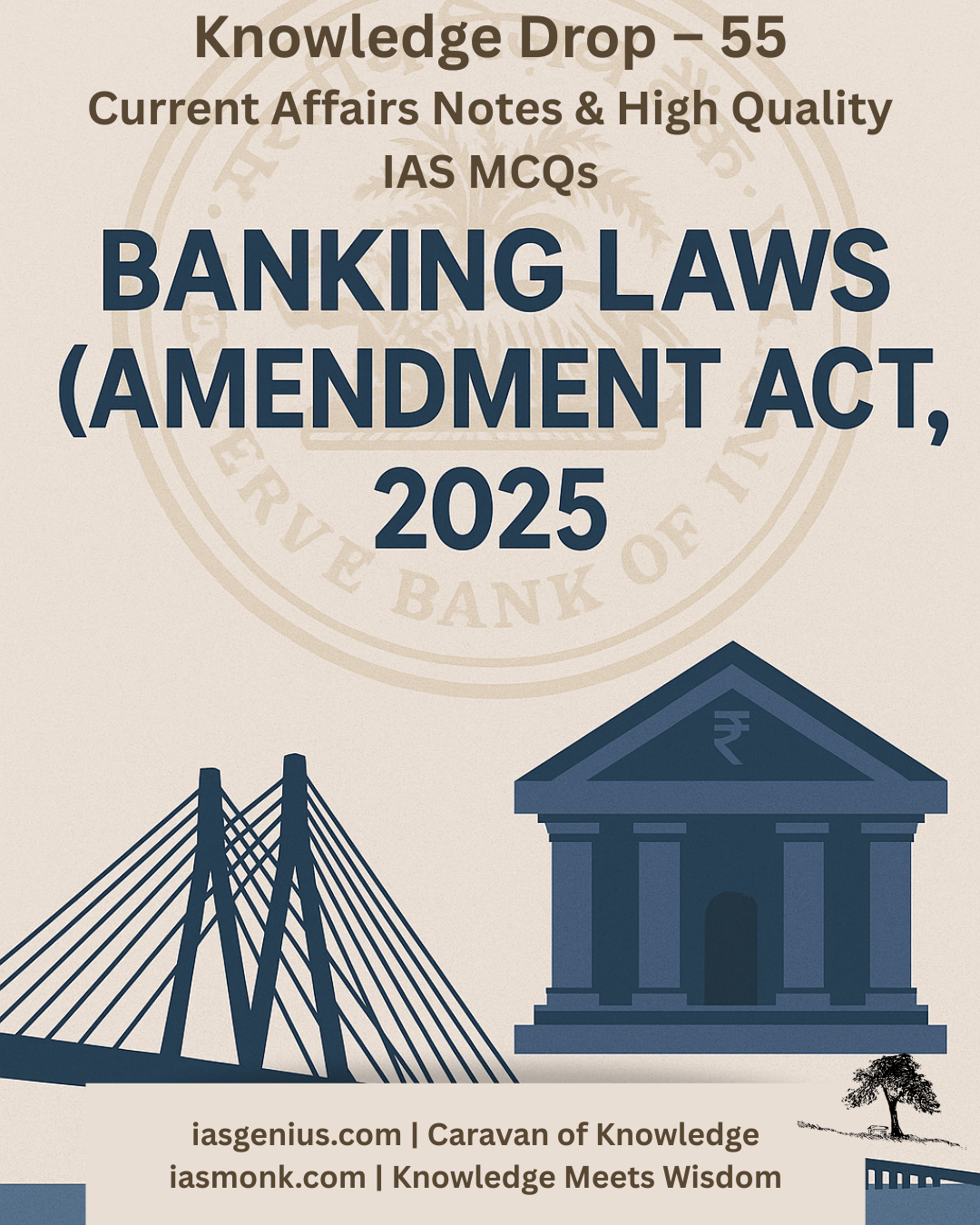🖋 Mains Practice Q&A — Q3: Tax Reforms (March 2025 Yojana)
🖋Mains Practice Q&A — Fiscal Federalism in India (March 2025 Yojana)
🧭 Thematic Focus:
- GS Paper: (e.g., GS Paper 2 – Governance & Polity)
- Yojana Edition: March 2025
- Category: Monthly Summaries → Yojana Summaries → March 2025
- Tags: Fiscal Federalism, Union Budget 2025, Finance Commission, Cooperative Federalism
❓ Mains Practice Question (250 Words)
Q3. Analyze the recent tax reforms introduced in Union Budget 2025–26. How do these reforms attempt to simplify compliance and promote equity while maintaining fiscal stability?
(Word Limit: 250)
🖊️ Suggested Model Answer:
Answer:
Union Budget 2025–26 introduces a series of progressive tax reforms aimed at fostering simplicity, transparency, and growth-oriented equity. These reforms align with India’s evolving economic landscape and seek to enhance voluntary compliance while retaining revenue buoyancy.
To offer relief to the middle class, income tax slabs were restructured, reducing the burden for individuals earning up to ₹12 lakh annually. Obsolete provisions on self-occupied properties were also removed, modernizing personal taxation.
In terms of compliance reforms, the timeline for filing updated Income Tax Returns was extended to 48 months. Presumptive taxation was introduced for NRIs in electronic manufacturing, offering clarity and ease. The rationalization of TDS/TCS regimes ensures smoother cash flows for taxpayers. Notably, criminal penalties for delayed TCS payments were removed, replaced with proportionate civil liabilities—promoting a more trust-based tax culture.
To promote investment and economic growth, startup tax benefits were extended to April 2030. A new tonnage tax regime was introduced for the shipping sector. Additionally, IFSC-based financial activity received a boost with exemptions on capital gains and dividends.
The reforms also focus on administrative restructuring, including a 10-year registration for small charitable trusts, AI-powered assessments, and multi-year frameworks for transfer pricing.
Overall, the reforms reflect the PRUDENT model—Proactive, Responsive, User-friendly, Digitally-enabled, Engaged, Non-intrusive, and Transparent. They reinforce taxpayer trust, simplify systems, and sustain fiscal discipline.)
🧩 Keywords for Enrichment:
- Direct Tax-to-GDP ratio (6.9%)
- Tax Buoyancy (1.20)
- PRUDENT Model
- Rationalization of TDS/TCS
- Updated Return Filing (48 months)
- IFSC incentives
- Startup tax holidays (till 2030)
- AI-enabled tax assessments
- Tonnage tax regime
- Presumptive taxation for NRIs
- Fiscal prudence and inclusive equity
🔍 GS Paper Mapping
- GS Paper 2 – Governance, Centre–State relations
- GS Paper 3 – Budgeting, Public Finance
🪔 Closing Whisper:
“A good tax system is not one that burdens—it is one that builds.” 🌿















